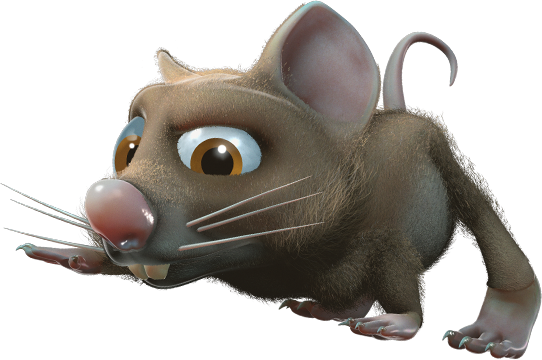Cluster Fly Facts
Cluster flies are known for the way they tend to hibernate or “cluster” in wall voids or attics during the colder months. They can number anywhere from a few dozen to in the thousands. Cluster flies can be found throughout the United States except in the states bordering the Gulf of Mexico as well as Canada and Europe.
Cluster Fly Bites
Cluster flies do not bite humans or animals. They also aren’t attracted to garbage. Their mouthparts, like many fly species are like a trunk and used for sucking.
Life Cycle & Behavior
Cluster flies are naturally found outdoors in areas where earthworms are abundant, like fields, but more often than not, these pests choose to hibernate in wall voids or unused rooms in nearby buildings.
It appears that cluster flies eat flower nectar and are not associated, as many nuisance flies are, with garbage, carrion and other unsanitary food sources.
Cluster flies mate during the spring and the females lay each egg in its own soil crevice near an earthworm. Once the eggs hatch, the parasitic larvae will enter the earthworm and develop, slowly eating the worm from the inside out. It takes 27 to 39 days for a cluster fly to go from egg to adult. There are usually about four generations of flies every summer.
As the days begin to shorten in mid-August, cluster flies look for a place to overwinter, sometimes traveling over a mile to find the perfect spot. During the day, they will gather on the sunny side of the house and in the evening, when it gets cooler, they slip inside through cracks in the windowsills, gaps between siding or under the eaves.
Types of Cluster Flies
Cluster Fly Identification
Commonly described as: large noisy flies.
Cluster flies are stout insects about 3⁄8-inch long. They are a dark, non-metallic gray with light and dark splotches on their abdomens. At rest, the wingtips of a cluster fly overlap. A cluster fly leaves a greasy spot and smells like buckwheat honey when squished.
Cluster Flies In The Home
The flies will cluster together in a large group in a dark, protected area like an attic, basement, or spare room. Cluster flies in your home will go into a semi-dormant state until they emerge to mate in the spring.
Related Links
Where Do Cluster Flies Come From?
Frequently Asked Questions
What are these large flies on my window?
If the flies are grouped together, like a cluster, they are most likely cluster flies. The reason they are gathering on your window is because they are attracted to the warmth of the sun. As winter approaches, large numbers of these flies will attempt to make their way into your home in search of a warm place to stay for the cold months. They will find themselves on your windows, usually on the sunniest side of your home. During the winter, cluster flies that are in your home can collect on your windows wherever the sunlight is coming in.
How do you get rid of cluster flies?
Cluster flies can be a pest in the fall when they enter your house to hibernate and in the spring when they are trying to find their way out. Also, on warm days throughout autumn, winter and early spring, the flies become active. Then you may see cluster flies flying sluggishly around your windows or light bulbs because they are attracted to light. In addition, a bunch of dead flies in your walls can lead to rodent or carpet beetle infestations.
The preferred solution is to apply a preventative treatment sometime between mid-September and mid-October around the exterior of the home before cluster flies enter the building to hibernate. It is more challenging to get rid of a cluster flies infestation once they have entered attics and wall voids, but the flies can be eliminated by sucking them up with a vacuum and also installing special fly lights.
What are the benefits of professional blow cluster pest control?
A pest management professional has the education, equipment and skills necessary to effectively address a cluster fly problem. Finding and treating the cluster flies can be challenging, especially if they are hidden in the building. A pest management professional provides their expertise to identify the pest problem and determine the best possible solution to resolve the cluster flies infestation.


